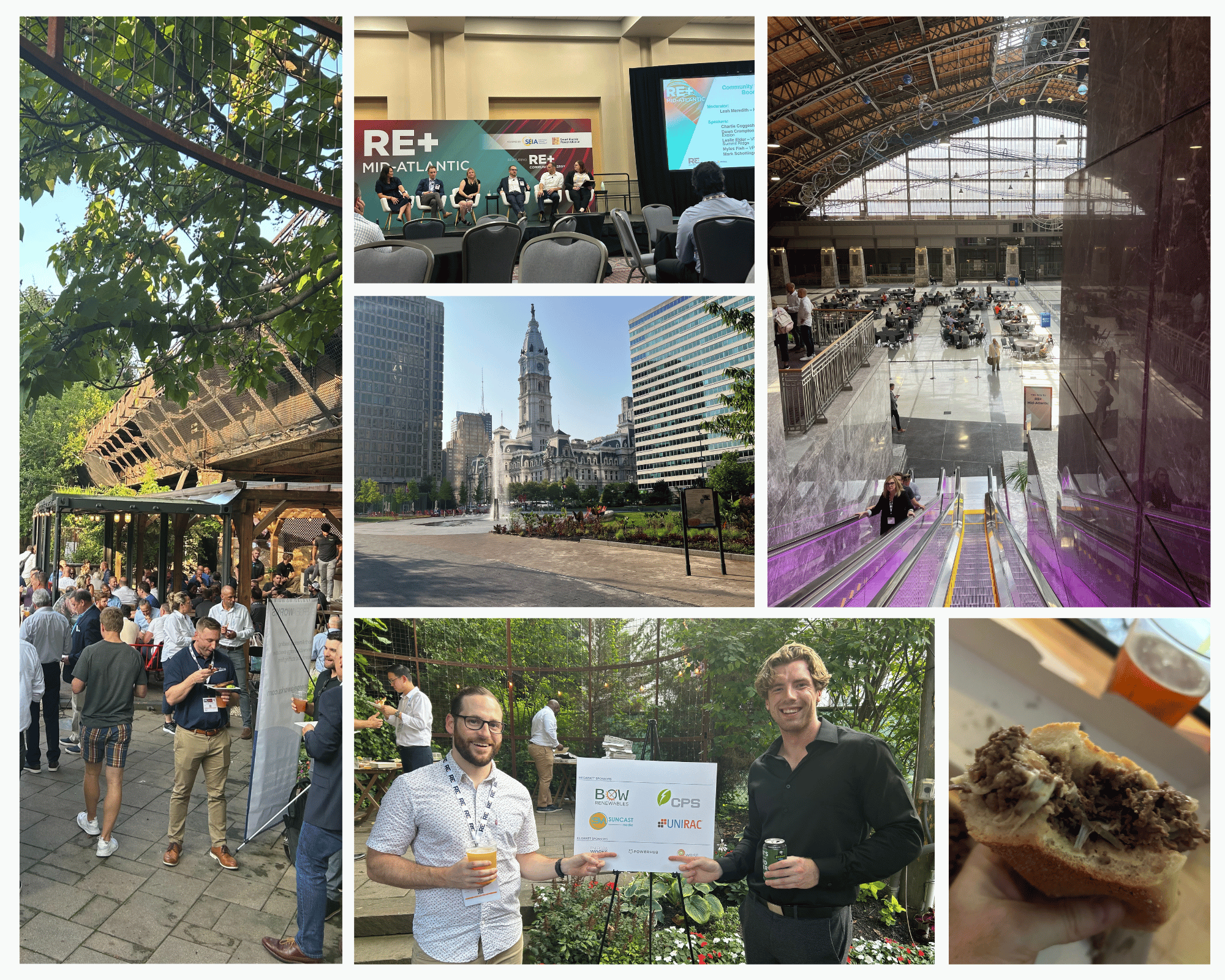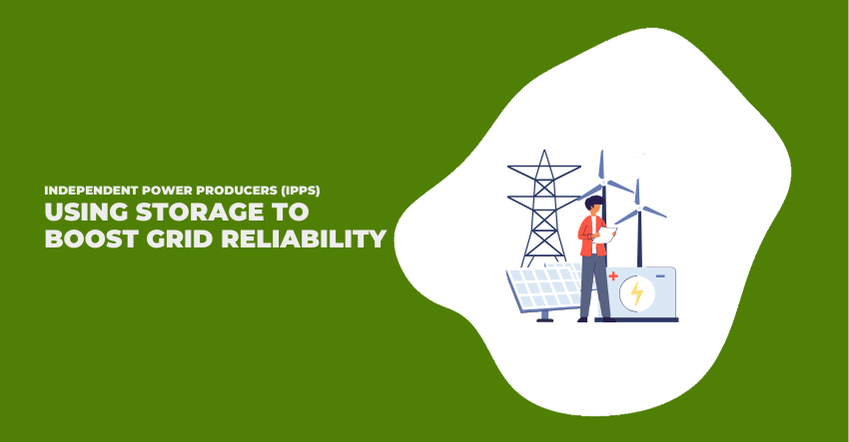Article by Jon Houle, Product Manager.
Summary:
RE+ Mid-Atlantic Conference highlights the growth of renewable energy and the challenges faced at a national level, including interconnection, community engagement, and workforce shortages. Innovative strategies are being employed, from creative use of brownfield sites to community benefits agreements, to overcome these barriers. These collective efforts continue to propel the clean energy industry forward, reflecting a determined response to climate change and energy concerns across North America.

Deep Dive:
RE+ Mid-Atlantic attracts a diverse group of attendees, including installers, engineering companies, owner-operators, and, of course, developers. Our focus continues to shift energy systems from fossil fuel-based to renewables, a topic that often dominates conference agendas.
While renewable energy is expanding at an unprecedented rate, a few key national-level barriers exist:
– Interconnection
– Siting & Community Engagement
– Workforce Shortages
Despite these barriers, innovators are finding ways to persevere, and RE+ has showcased many inspirational examples.
Interconnection
Interconnection queues have swollen to over 2TW in size, elevating the challenges with interconnection to a national conversation. While FERC continues to drive interconnection reform, it aims to clear ISO interconnection backlogs. Despite this obstacle, some developers have found ways to grow in new markets.
“Moor” Solar
Many brownfields or active industrial sites have existing distribution or transmission connections that support clean energy projects. Developers have become quite creative in utilizing these sites.
The Mid-Atlantic currently hosts the U.S.’s largest floating solar project, the 8.9MW Sayreville floating solar plant, with the American Water Canoe Brook Water Treatment Plant as its main off-taker. The solar plant is moored on the Treatment Plant’s reservoir using a floating rack system.
At RE+, the plant’s developer noted that they are exploring brownfield sites with pre-existing connections, like old quarries, to accelerate developments and utilize brownfield-specific tax credit bonuses included in the Inflation Reduction Act.
Commercial Rooftops
To circumvent the lengthy interconnection review queue, some developers focus on commercial rooftops, a traditional market segment. By concentrating on smaller, distribution-connected and often “behind-the-meter” projects, they avoid being hindered by extensive interconnection queues.
Siting & Community Engagement
Like any infrastructure project, renewable plants sometimes face community push-back over concerns such as agricultural land use, wildlife impacts, or competing interest groups using political influence to stifle renewable expansion. Community engagement can be a key obstacle in gaining project approval.
Developers use various strategies, including Community Benefits Agreements (CBAs), a tactic borrowed from the real estate industry, to gain local support. CBAs are legally binding agreements that outline specific economic benefits for the community, such as revenue sharing, hiring local employees, or making specific community investments.
Renewable plants can also generate Social RECs, which can be sold to fund benefits detailed in the CBA. Community Solar projects have also effectively overcome resistance by offering lower rates and direct economic benefits.
Workforce Shortages
Like any burgeoning industry, locating qualified workers to meet increasing demand can be challenging. Labor shortages often limit the growth of installation capacity nationwide. While educational institutions are making progress, some developers are taking matters into their own hands.
Solar Landscape, for example, has hired and trained its own workers to expand in-house capabilities, now offering workforce training. This approach not only shortens the time to market but also reduces development risks.
As climate change and energy costs remain top concerns for communities across North America, the market’s response with creative solutions is encouraging. Collectively, we continue to propel the growth of clean energy forward at unprecedented rates.




